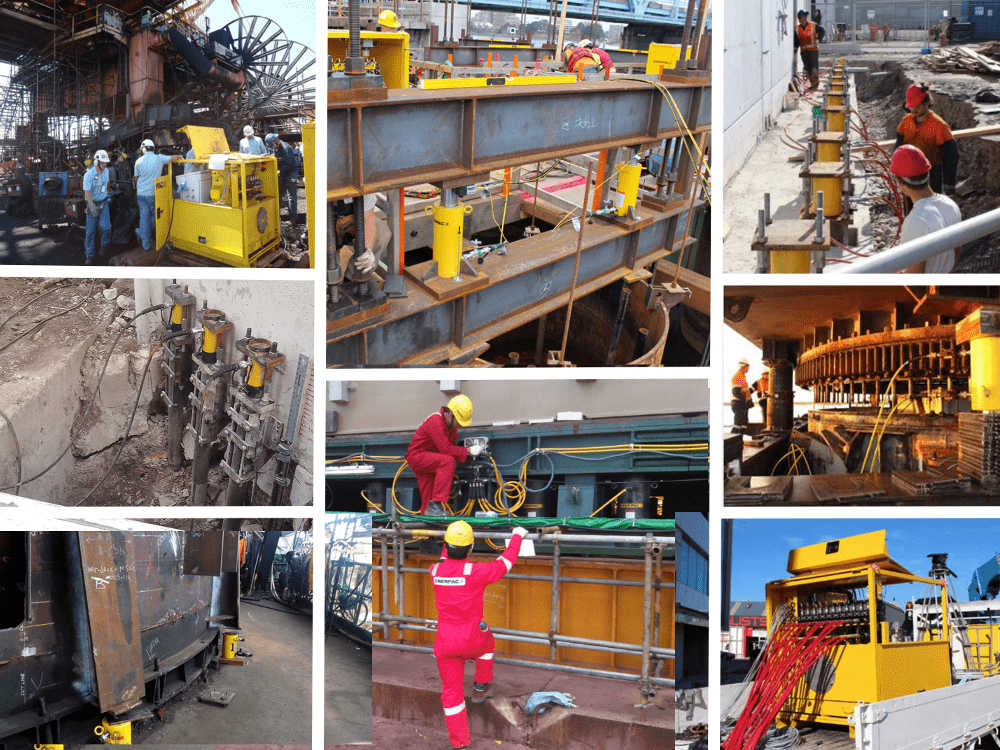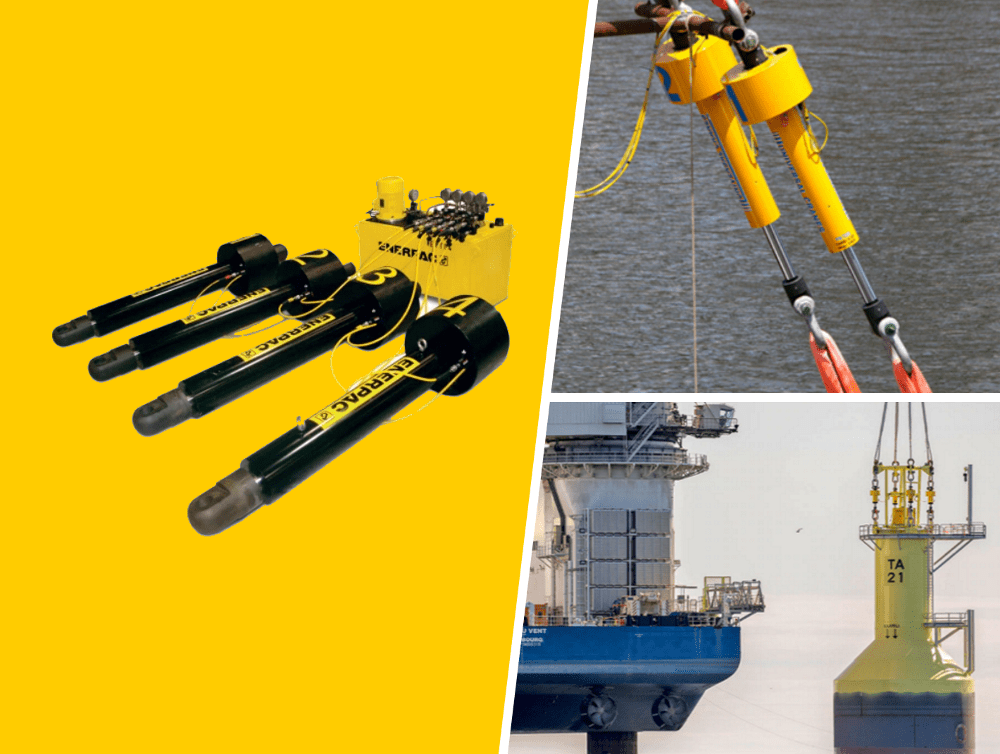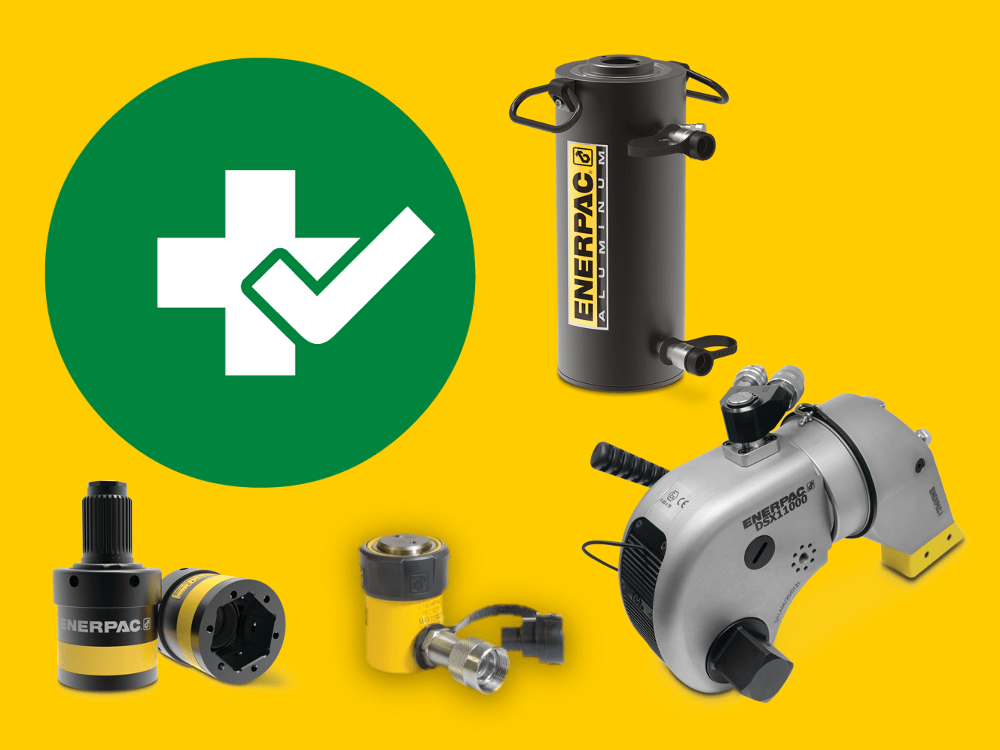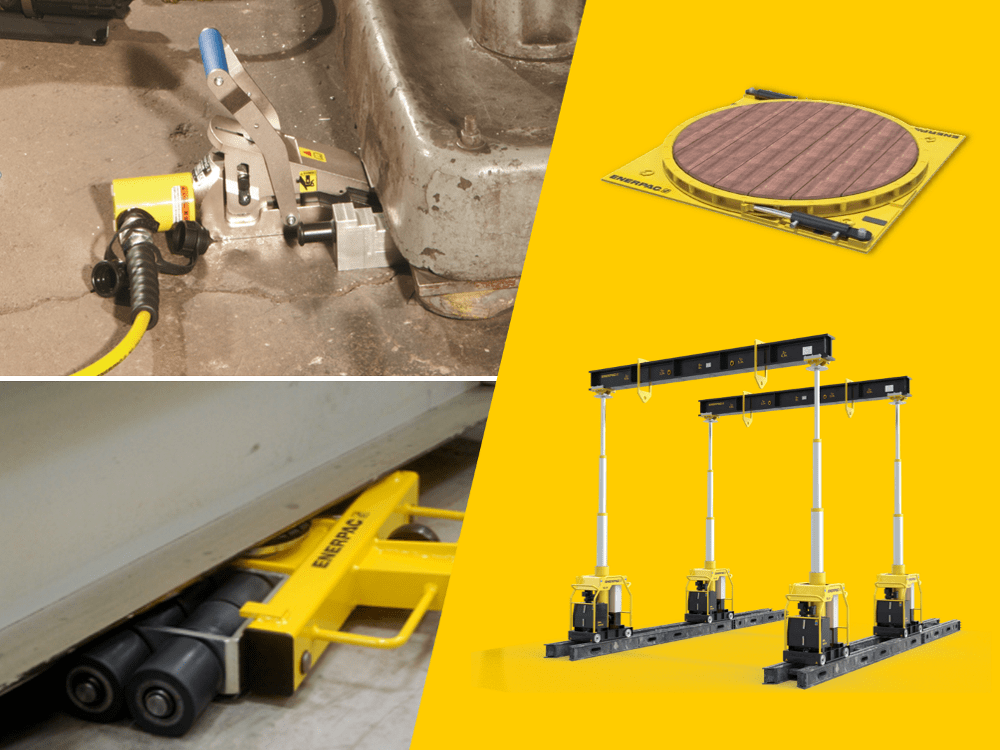Bridge Bearings and How They Are Maintained
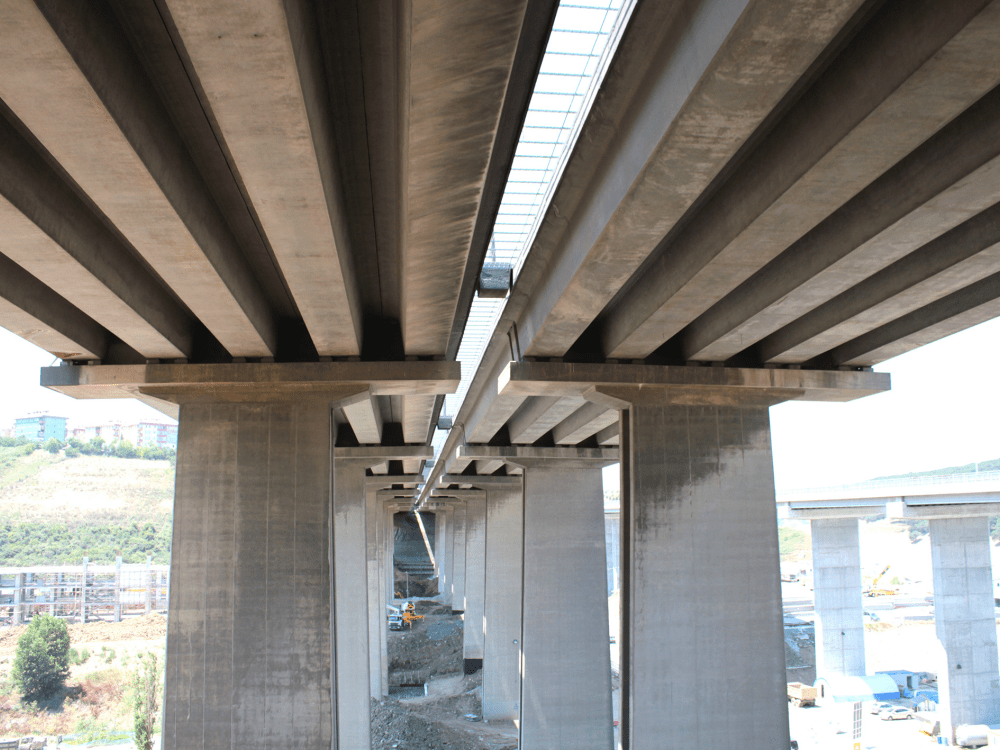
March 16, 2023
0
Bridge bearings play a crucial role in ensuring the safety and longevity of bridges, yet they are often overlooked and taken for granted as they are hidden from view. Without them, bridges would be vulnerable to significant damage and eventual failure. In this blog, we explore the different types of bridge bearings, and how they are maintained.
Bridge Bearings
The primary purpose of bridge bearings is to provide flexibility and support to bridges, allowing them to adjust to various external factors such as temperature changes, traffic loads, and seismic activity. They transfer the load from the superstructure (deck) to the substructure or piers, while also allowing for the movement and rotation of the bridge deck.
Types of Bridge Bearings
Bridge Bearings are typically made of steel, elastomeric materials, or a combination of both. They allow the bridge parts to move freely, while helping to reduce the stresses that can build up within the structure.
The type of bridge bearing used will depend on several factors, including the expected load weights, the span length, and the available space for accessing the bearing. The types most often used in modern bridges include elastomeric bearings, pot bearings, spherical bearings, rocker bearings, roller bearings, and sliding bearings.
Aspects of Bridge Bearing Maintenance
To ensure longevity and performance, bridge bearings need regular maintenance. The key steps involved in maintaining bridge bearings include:
Monitoring: Bearing performance should be monitored regularly to detect changes or problems. This can be done using various methods, such as measuring displacement or strain, or observing any unusual movements or vibrations.
Cleaning: Bearing pads should be cleaned to remove any dirt, debris, or other contaminants that may cause damage or reduce their effectiveness.
Lubrication: Proper lubrication is crucial to ensure smooth movement of the bearing pads. This should be performed using a suitable lubricant, such as silicone or mineral oil, and usually with the deck raised by a very small amount. Raising the deck is done using hydraulic cylinders which allows lubricant to be pumped into the aperture.
Replacement: Over time, bridge bearing pads may wear out or become damaged, and they will therefore need to be replaced. Reasons for this include:
• Leaking bridge deck joints – allowing corrosive water and debris to reach the bearings
• Inadequate visibility that prevents inspection
• Extreme environmental conditions caused by cold, wet, or industrial pollution
• Improper bearing specification and orientation
• Inadequate multi-directional movement
• Bearing defects caused in production
• Wear and fatigue due to overload
Replacement of bearings should be done according to the manufacturer’s specifications, and by a qualified engineer or contractor.

How to Maintain Bridge Bearings
Replacement of bearings is often done using hydraulic equipment such as cylinders (jacks or rams). While connected to a single or multiple hydraulic pump, these raise the deck beams by a small amount – just enough to free the bearings for replacement or resetting. Precise control of the jacks is needed to avoid damage to the structure. This can be achieved using split flow pumps or more advanced synchronous lifting pumps such as an Enerpac EVO Pump.
Depending upon the type of bridge structure and the nature of the project, the bearings may be replaced individually or as a group. The impact of traffic closures can be significant, so a quick turnaround is essential.
When using hydraulic jacks, these typically support the bridge beams next to the bearing being replaced. The hydraulic flow is activated, extending the cylinder plungers by a very small amount. The load is then secured mechanically using the locknut mechanism on each cylinder.
Next, the bearing is removed, which sometimes can require the top of the supporting pedestal or mortar pad to be partially demolished. The area is then reconstructed or cleaned, before the new bearings are installed. Finally, the locknuts are deactivated and the is cylinder retracted until the new bearing takes the load.
Hydraulic Equipment Used For Bearing Replacement

Any hydraulic equipment used to temporarily raise and support a bridge deck needs to be robust and reliable and made by a reputable brand with a long history of success. The risks involved are far too high to rely on equipment that’s low quality or damaged.
Safety can be enhanced by using the right hydraulic system to suit the project. For example, if you intend to lift multiple points simultaneously, consider using a split flow pump such as the EVO from Enerpac. This can be specified to control up to 12 points and deliver accuracy of up to 0.040 in (1 mm) between leading and lagging cylinders. Built-in warning and stop alarms also help to ensure safe operation.
Each project will have its own unique requirements. Typical examples of hydraulic equipment used include:
• High tonnage locknut hydraulic cylinders (can be either load return or double-acting).
• Pancake (low-height) locknut hydraulic cylinders
• Hydraulic pumps, either individual or controlled synchronous lifting pumps.
• Components and accessories such as couplers, valves, gauges, manifolds, and hoses.
Looking for high-quality, reliable tools to support your bridge bearing projects? Check out our comprehensive selection of Hydraulic Tools today.
